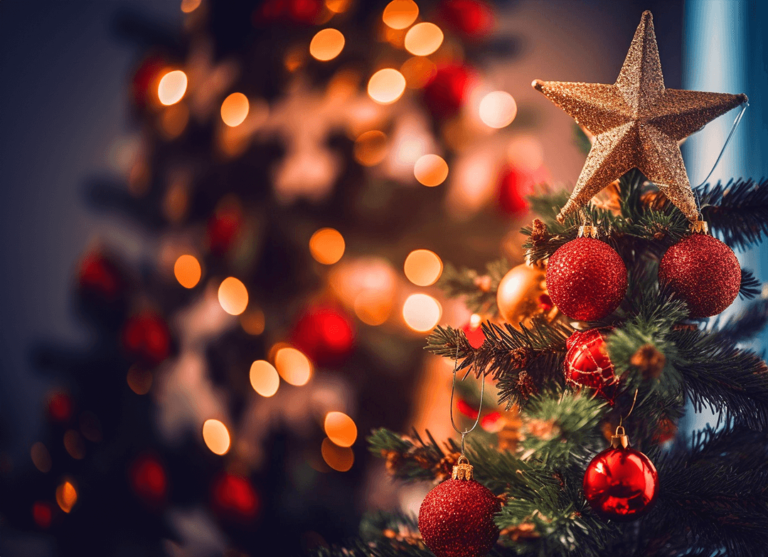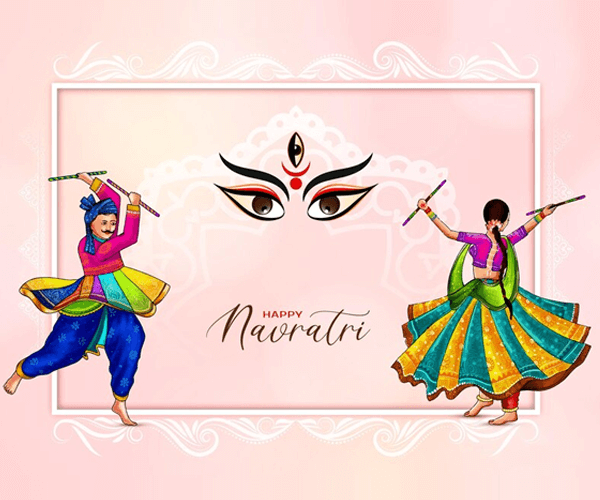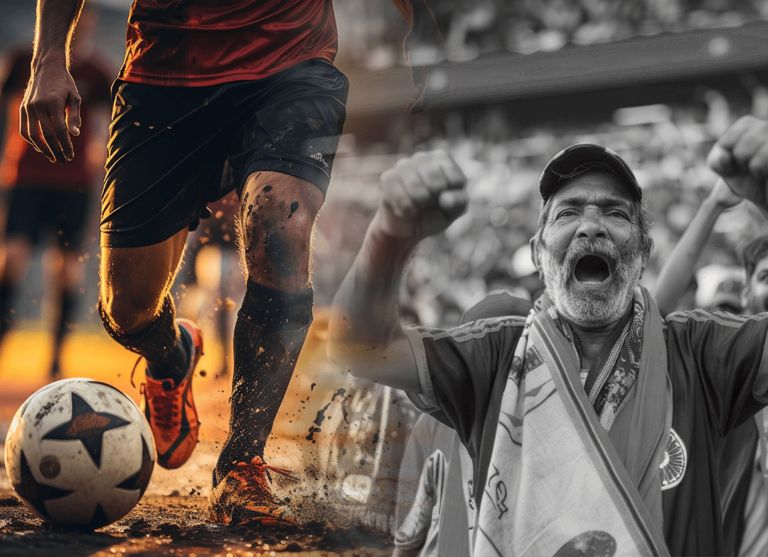Diwali, or Deepavali, is not just a festival but a grand celebration that ignites joy and enthusiasm in the hearts of millions. It is one of the most auspicious Hindu festivals, celebrated with great zeal in different parts of the country and across the globe. Diwali holds immense cultural and spiritual significance, symbolizing the triumph of light over darkness and good over evil. Today, we will delve into a journey to explore the rich historical background of the Festival of Lights, delving into its origins, religious significance, various traditional ways, and modern-day celebrations.
The Origin of Diwali: Mythological and Historical Perspectives
Diwali is not just a festival but a tapestry of diverse traditions and beliefs that span across the vast landscape of India. Numerous mythological and historical tales that date back to ancient India are associated with the festival of Diwali. Since the celebration falls on the fifteenth day of the Hindu month of Kartik, it usually takes place in late October or early November, which is why the date varies yearly. Different regions of the nation celebrate the festival of lights in unique ways, each with its traditions and beliefs. One of the most well-known legends is about Lord Rama’s return to his Ayodhya empire with his brother Lakshmana and wife Sita after defeating the demon king Ravana, signifying the triumph of good over evil. The people of Ayodhya, in happiness at the return of lord Rama, glorified the whole of Ayodhya with lamps, marking a tradition of lights during the festival. Diwali is celebrated as a harvest festival in other regions of the country.
Diwali Traditions and Rituals: An Overview of the Festival’s Observances
Numerous customs and traditions are associated with the celebration of Diwali, which is unique to India. Generally speaking, Diwali is observed as a four-day holiday with distinct customs for each day. The first day is Naraka Chaturdasi, commemorating Lord Krishna’s victory over the demon Naraka. The second day of the festival, known as Amavasya, is when goddess Laxmi grants the requests of her devotees. Besides, Bali returns to earth once a year to light up the lamps and marks the victory of light over darkness. The third day of Diwali is celebrated as Kartik Shudda Padyami, and in different regions, the fourth day is marked as Bhai Dooj, where sisters call their brothers home and celebrate their bond.
Diwali Across India
Diwali in North India: Customs and Celebrations
In North India, Diwali is celebrated with great excitement and show, with decorations, vibrant markets, and community gatherings. The festival is glared by the worship of Goddess Lakshmi and her marriage with Lord Vishnu. Some celebrate Lord Rama’s return to Ayodhya, and some mark Lord Ganesha as a symbol of auspiciousness.
Diwali in South India: Unique Practices and Festivities
In South India, Diwali is celebrated with unique regional variations. One prominent tradition is lighting oil lamps and creating colorful kolam designs outside homes. People also prepare various savory and sweet delicacies to mark the occasion.
Diwali in Eastern and Western India: Regional Variations and Observances
In the Eastern part of India, particularly in the state of West Bengal, Diwali coincides with the celebration of Mother Kali and her triumph over the evil Mahisasura. In contrast, in the country’s western region, people celebrate Diwali as a holy occasion for Lord Mahavira to acquire the eternal bliss of nirvana.
Modern-Day Diwali Celebrations
Preparing for Diwali: Cleaning, Decorating, and Shopping
The preparations for Diwali are not just a routine but a time of excitement and anticipation. The Diwali preparations typically begin weeks in advance, with people cleaning their homes and purchasing new clothes and household items such as utensils, electronic appliances, gold, and more. Families decorate their spaces with colorful rangoli designs, lights, and flowers, creating a festive atmosphere. On the eve of Diwali, also called “Choti Diwali,” families join together to light oil lamps and lights, creating a warm and inviting ambiance. They perform puja, offering prayers to deities and seeking blessings for prosperity and well-being. The festival of Diwali is connected with a wide variety of delicious treats, such as snacks like samosas and pakoras, as well as sweet treats like ladoos, barfis, and jalebis. During Diwali, fireworks and firecrackers are frequently seen, contributing to the joyous atmosphere and producing a stunning show of lights in the night sky. The festive mood is further enhanced by performances, community get-togethers, and cultural events, making it a time of joy and celebration for all.























